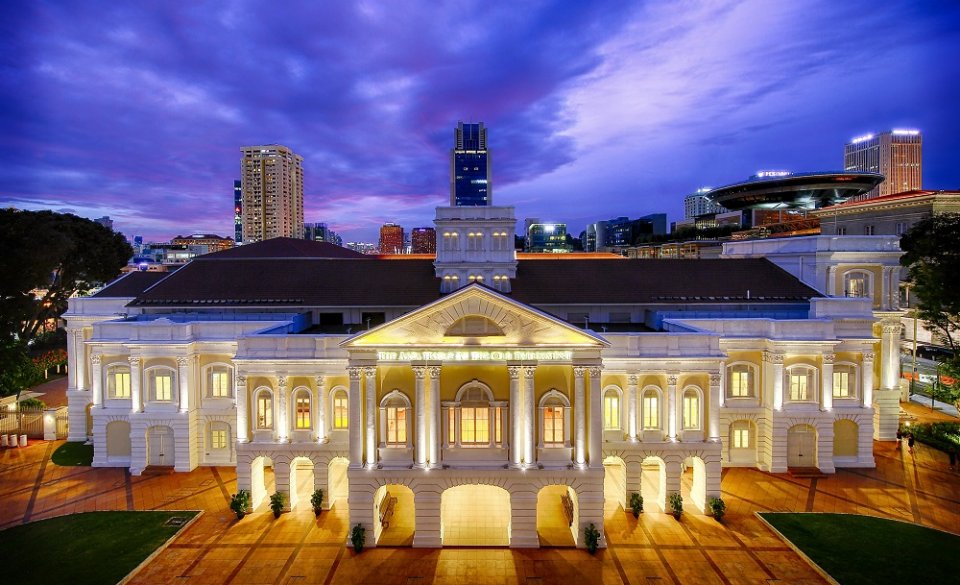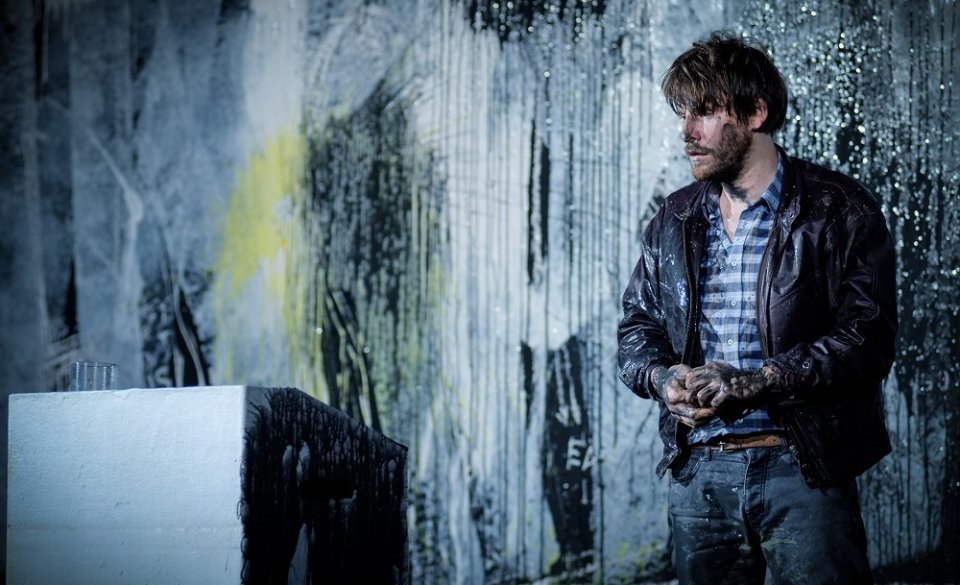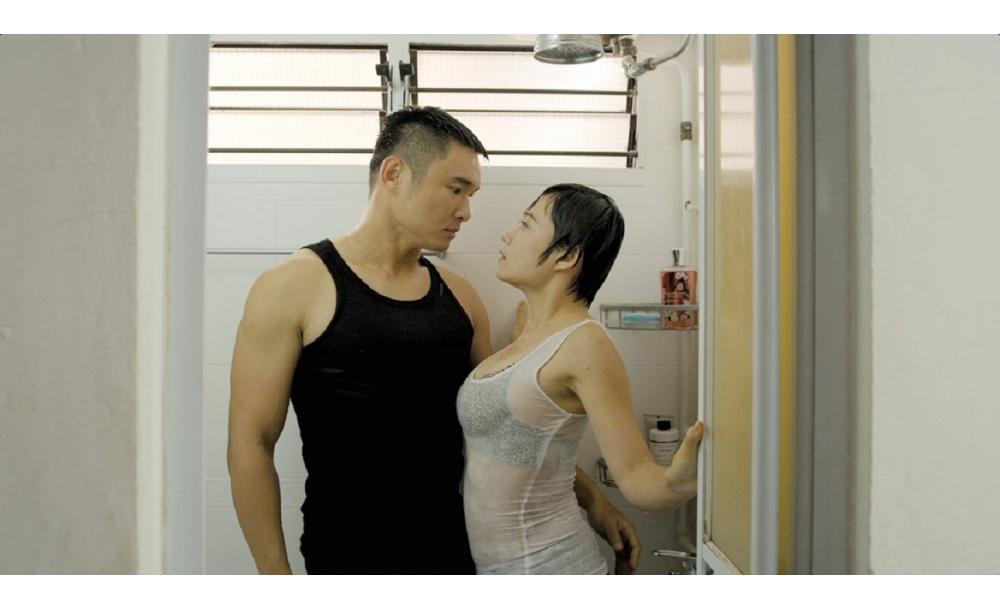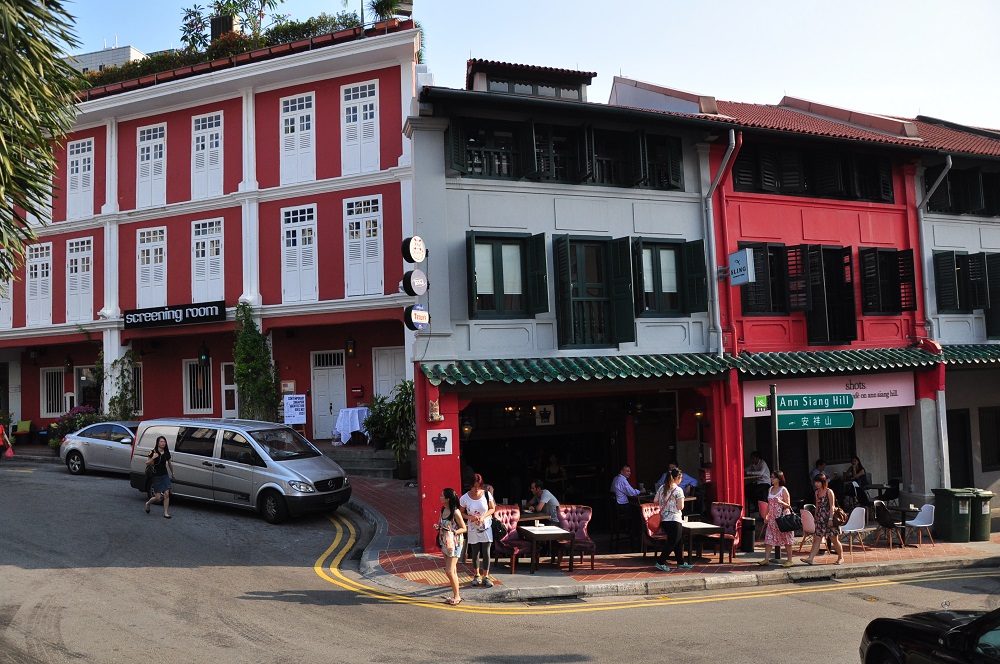A fair bit has changed since the reins of Festival Director for the Singapore International Festival of Arts (SIFA) were handed over. The main event has been shortened to three short weeks, the pre-festival segment The Open removed, and a chunk of “mass-friendly” performances added, not without protest, to the lineup.
The latter in particular has created mixed feelings in the scene; raised eyebrows and hushed whispers, perhaps, from those skeptical of the festival’s new approach to expanding accessibility. But there is a method in the madness. It’s all part of 2018 Festival Director Gaurav Kripalani’s master plan to achieve more for the arts scene in Singapore. With his three-year tenure slated to end in 2020, he’s already set the wheels in motion to reinvent the festival.
If his predecessor, SIFA founder Ong Keng Sen, left on a pessimistic note, Kripalani is his total opposite, filled with optimism about the festival’s future and local attitudes towards the arts. When probed about the debate on programming high art and more accessible art forms, the 47-year-old theater maker questioned right back the need for drawing the line in the first place.
“How do you define what is high art? As opposed to low art? This is a national festival, and I think its remit in spectrum is actually robust—it is a concentrated period of time where we can excite Singaporeans about coming on a journey; whether you’re attending a performance for the first time in your life or if you’re an absolute connoisseur already.”
His enlightenment is infectious; why should wanting to reach a broader audience be a bad thing? His approach driven by the nostalgia of attending the old Singapore Arts Festival, Kripalani also hopes to build on SIFA as a place to invigorate young minds and nurture a new generation of arts enthusiasts. Hence the big move for this year’s festival—releasing $10 front-row tickets for students.
For the festival, you’ll likely find him hanging out at House Pour—the brilliantly named bar specially created at Arts House, intended to bring performers and audience members together for a drink and old-fashioned discourse. The Arts House itself will be transformed into a Festival House for the three weeks, and host discussions, masterclasses and workshops correlating to some of the performances in the festival—an evolution of sorts, of the former Open event.

The Arts House will become the hub of activity for the three weeks of the festival
If anything, Kripalani’s 20-year history with the Singapore Repertory Theatre and his seat on the Board of Directors should be sufficient testament to his curatorial choices.
Leaning forward earnestly, he says: “Let’s put it this way: I’ve run a theater company for over 20 years; I have seen thousands of plays, without exaggeration. When I go to an arts festival, I am looking for that piece of theater that is going to excite and stimulate me because it’s doing something different. And I’m a tough person to please, by pure virtue of exposure. If I have seen that much, it’s going to take a lot to show me something that’s going to check all those boxes.”
Touche? We probed him further on that in this Q&A.
Congratulations on stepping into the role of Festival Director. What do you hope to achieve going into this?
I think what I’m hoping to achieve is a festival that programs work that challenges our different audiences. One of the primary things is acknowledging that there’s no one audience, and that we actually have a huge spectrum and broad diversity in terms of taste. And I think SIFA should program a selection of content that is going to appeal to that diverse audience—to make sure that there are shows that will appeal to your first-time arts-goers, and shows that will appeal to your arts aficionados.
Why condense the main festival?
So we’ve made it a three-week festival, instead of nine weeks for the main event and one month for The Open. Making sure it happens in a concentrated period of time was important, because growing up I remember always looking forward to the Arts Festival every year—I knew that was the time of month I wouldn’t travel, and I would buy tickets as soon as they went on sale, and I was at a show every night for three weeks; and it completely colored and shaped my aesthetic.
But it was a sense of occasion. There’s something about being in—what’s the word?—“festival mode”, and what I’m really hoping to do is recreate that buzz, especially for young people—give them the opportunity to see things they’ve never seen before, and to shape their aesthetic and taste in the same way it shaped mine.
Do you feel that by focusing on targeting youths, you might be alienating your original crowd?
You’re not going to be able to do something for everyone. Within dance alone, you have audiences who like very specific types of dance; same with theater and music. So you cannot program for “the music audience”; you’d have to program for people who like hip hop specifically, or people who like atonal music. I have very intentionally made sure that there is a spectrum of work that can grow your appreciation for different forms of art.
What do you have to say about people saying there’s less high art in this year’s programming?
I struggle with that term because I’m not trying to pigeonhole work; the end goal for me is that this cannot be a festival (over my three years) to only be for the dedicated arts lover. I would really at the end of the three years like to say we’ve broadened hearts and minds, and grown the audience of people who love the arts in Singapore. If at the end of three years people say: ‘That’s what happened at the end of Gaurav’s tenure’, I’ll die happy.
I’m trying to avoid all these labels that people are using. There’s absolutely a place for art that’s purely for entertainment, there are times where all of us really just want to switch off for two hours and be thoroughly entertained, and then just go and have dinner. But I don’t want to do shows like that at the festival; that’s not what a festival is for. The festival is to challenge people, to make you think, make you question. The festival should be about provoking dialogue and discourse, and one of the key reasons of creating Festival House is to create a space that will foster and nurture that.
The beauty of art is it doesn’t have to be big and huge to be mind-blowing. We have this show called Taha and we have Enemy of the People. Enemy of the People is a big production; it’s wonderfully powerful and topical, it’s got great music, a phenomenal cast, it’s very hip and contemporary—and you juxtapose that with Taha, which is a beautiful one-man show with nothing onstage except a bench. And that to me was as powerful as Enemy of the People, because of the way he told that story. And I think that’s what a festival should be about—taking audiences on that journey, and giving them an exposure to things they haven’t seen before.

Enemy of the People. Photo credit: Arno Declair
Was a dystopian focus intentional in curating this year’s lineup?
Of course, it was very intentional. There are many ways to stimulate a dialogue or discussion, and it was very intentional to open the festival with 1984 and end with Enemy of the People. In between you have Taha, Parable of the Sower—they’re all shows that deal with individuals versus society, and the protagonists are all iconoclasts that push for change to a better future. So it’s absolutely consciously done; that is how we chose the shows.
Did that hurt funding from Big Brother the state?
Not at all, actually. I wish there was more funding; we could do so many more things if there was more money! I have all these amazing ideas that we don’t have the budget to accomplish—but having said that, I feel I have programmed a festival that has been well-received, and has achieved a lot of my goals and objectives within the budget that was given to me.
You can tell a country’s priorities and goals by their level of arts funding. The arts are vital to feed the soul—that’s not a corny statement, that’s a fact. You notice a difference between a country that has a cultural tradition, or values the importance of culture, over one that doesn’t. And I believe that you can see the difference in the people.
Is there sufficient support from the public and private sector?
Support can always grow. A lot of companies view giving to the arts as marketing—but the point is that there are a lot of companies who believe in supporting the arts and growing the cultural landscape. And I think for the arts to survive and flourish in any country, there needs to be equal support from the state and the private sector.
For the public, we made a very conscious decision to be as accessible as possible from a price point-of-view; there is a slew of programming in the festival that you could access for $10-$20, and there’s also a lot of programming that is free. So I will fully accept that not everyone can probably afford to go see 46 events during the festival; but I don’t think that’s what a festival is about either. You choose the things that excite you.
What’s in the future for SIFA?
I do see SIFA reaching a broader audience; I would like to reach a broader audience, a different audience. I do want to be a journey that audiences can go on over time. I would love for SIFA to be a place where young people have the same epiphany I did; but I would also love it if, in a generation’s time, any Singaporean who wakes up in the morning and says ‘I wonder what I should do tonight?’ the first thing she thinks of is ‘Let me see what music/theater/dance is happening in town.’ If that’s top of mind and the first thing Singaporeans think of, that would be a good day.
SIFA 2018 runs from Apr 26-May 12 at various venues. Tickets are on sale at all SISTIC outlets now, and more information is available here.





